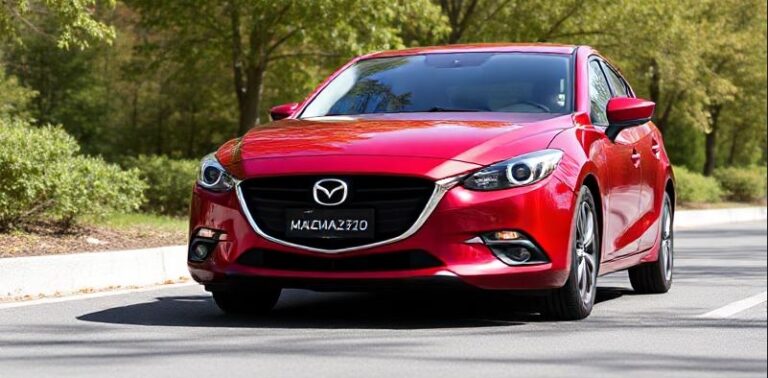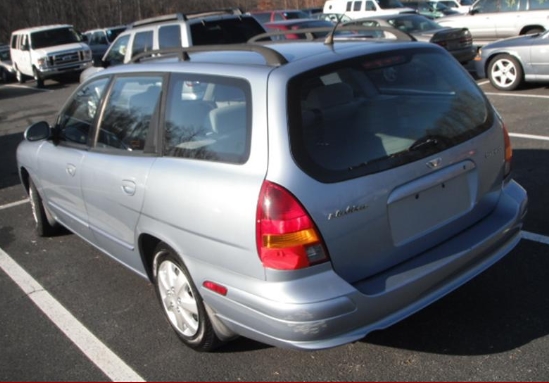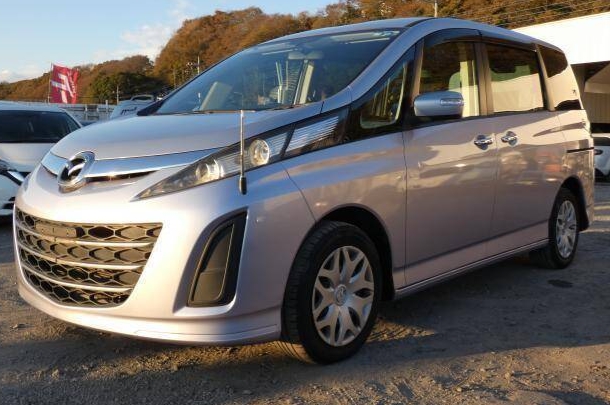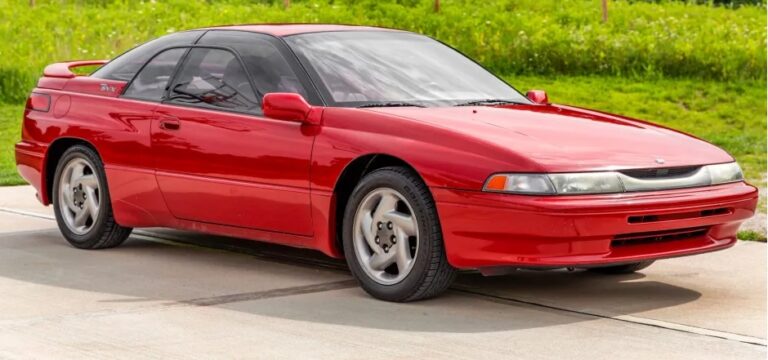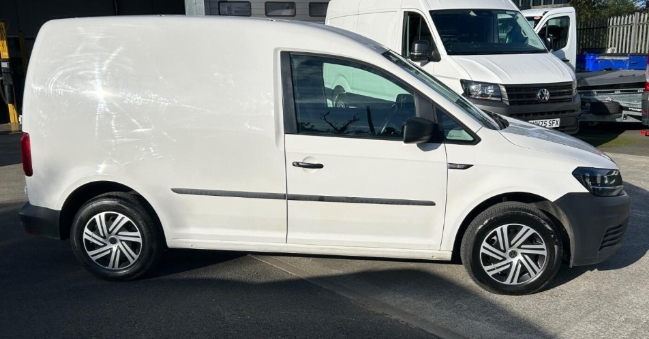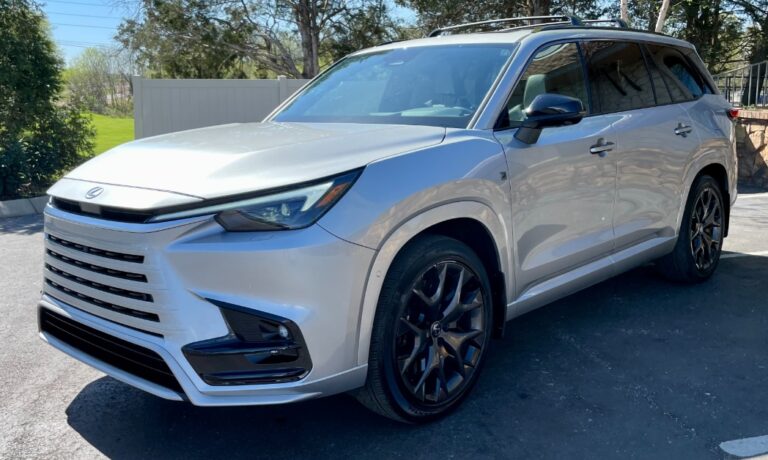The Unlikely Icon: Charting the Evolution of the Dacia Duster
In the landscape of modern motoring, few vehicles have carved out a niche as successfully and surprisingly as the Dacia Duster. It arrived not with a bang of high-performance marketing or a whisper of luxury, but with a confident, earth-shaking rumble of pure, unadulterated value. The Duster’s story is one of shrewd engineering, market-disrupting pricing, and a steadfast commitment to its core philosophy: providing robust, practical, and capable mobility without the frills and associated costs. To understand the Duster is to understand a paradigm shift in the automotive world, a journey from a budget-conscious upstart to a respected and beloved global phenomenon.
First Generation (H79): The Genesis of a Revolution (2010–2017)
The world first met the Dacia Duster at the 2010 Geneva Motor Show. Born from the Renault-Nissan Alliance’s robust and cost-effective B0 platform—the same underpinnings as the Logan and Sandero—the Duster was Dacia’s audacious entry into the burgeoning compact SUV market. At a time when SUVs were becoming increasingly complex and expensive lifestyle accessories, Dacia’s proposition was shockingly simple: an honest, rugged SUV with genuine off-road capability for the price of a city supermini.
Design and Philosophy: The first-generation Duster was a masterclass in functional design. Its flared wheel arches, high ground clearance, and simple, assertive lines spoke of capability rather than luxury. There were no superfluous chrome accents or intricate bodywork; every element felt purposeful. This “what you see is what you get” approach extended to the interior, which was a sea of hard, durable plastics. While critics pointed to the spartan cabin, buyers saw a space that was easy to clean, difficult to damage, and perfectly suited to a life of adventure, family duties, or commercial work.
Powertrains and Capability: The Duster launched with a focused range of proven Renault engines. Petrol options included a 1.6-litre 105 hp unit, while the star of the show was the frugal and torque-rich 1.5-litre dCi diesel, available in 85 hp, 90 hp, and 110 hp outputs. Crucially, the Duster was offered in both front-wheel-drive and a remarkably capable four-wheel-drive configuration. The 4×4 system, sourced from Nissan, featured a simple rotary controller with three modes: 2WD for maximum efficiency, Auto for automatic torque distribution, and Lock, which fixed the torque split 50/50 for tackling genuinely tough terrain. This system, combined with short overhangs and excellent ground clearance, gave the Duster off-road credentials that embarrassed SUVs costing twice as much.
.

.
Trim Levels (Pre-Facelift, c. 2010-2013): The trim hierarchy was refreshingly straightforward, designed to hit distinct price points.
- Access: The headline-grabbing, entry-level model. It was defiantly basic, featuring unpainted black bumpers, steel wheels, manual windows, and no radio or air conditioning. It was the purest expression of the Duster’s value-driven ethos.
- Ambiance: The sensible mid-range choice. It added body-coloured bumpers, front fog lights, a basic radio/CD player with AUX/USB inputs, and remote central locking. It was the trim that made the Duster a more viable daily driver for the average family.
- Lauréate: The “top-of-the-range” model. This trim included essentials like manual air conditioning, electric front and rear windows, 16-inch alloy wheels (on later models), a trip computer, and satin chrome exterior details on the roof bars and side sills.
The 2013 Facelift (Phase 2): In late 2013, Dacia introduced a significant facelift. Acknowledging feedback on the model’s interior and refinement, Dacia didn’t alter the successful formula but polished its rough edges.
- Exterior: A new, more intricate chrome grille and redesigned double-optic headlights gave the front end a more modern look. “Duster” branded roof bars and new alloy wheel designs were introduced.
- Interior: This was the most substantial upgrade. A completely redesigned dashboard with better-quality materials, more ergonomic controls, and relocated window switches (from the centre console to the doors) dramatically improved the cabin experience. The introduction of the Dacia Media Nav touchscreen infotainment system on higher trims was a major step forward.
- Engines: The most notable addition was the new 1.2-litre TCe turbocharged petrol engine, offering 125 hp with improved performance and efficiency.
Second Generation (HM): Refinement without Compromise (2017–2024)
After selling over a million units, replacing the first-generation Duster was a daunting task. Dacia’s solution was brilliant in its simplicity: an “evolution, not a revolution.” The second-generation Duster, launched at the 2017 Frankfurt Motor Show, kept the same silhouette and value proposition but was entirely new. Astonishingly, it shared not a single exterior body panel with its predecessor.
Design and Philosophy: The new Duster looked more muscular and substantial. The windscreen was moved forward and raked more steeply, the beltline was raised, and the signature wheel arches were even more pronounced. New LED daytime running lights and distinctive cross-shaped rear lights gave it a more modern and recognisable identity. The biggest leap forward, however, was inside. The cabin was completely redesigned around a new, higher-quality dashboard with a driver-focused layout. The infotainment screen was moved to the top of the centre stack for better visibility, and materials, fit, and finish were all significantly improved. It retained its rugged feel but was now a genuinely pleasant place to be.
Technology and Comfort: The second generation brought a host of new technologies to the Duster nameplate. Features like a multi-view camera system, blind-spot warning, automatic climate control, and keyless entry became available on higher-spec models. The power steering was changed from hydraulic to electric, making it lighter and easier to manoeuvre in town. Dacia also invested heavily in sound deadening, resulting in a much quieter and more refined ride.
Trim Levels (c. 2017-2021): The trim names were updated to reflect a new brand strategy.
- Access: Remained the ultra-basic, entry-level workhorse, though it was gradually phased out in many markets due to low demand.
- Essential: The true entry point for most buyers. It included steel wheels, electric front windows, Bluetooth connectivity, and basic safety features.
- Comfort: The volume seller. This added 16-inch alloy wheels, manual air conditioning, cruise control, a 7-inch Media Nav touchscreen with smartphone integration, and satin chrome exterior trim.
- Prestige: The flagship model. It was generously equipped with 17-inch diamond-cut alloy wheels, automatic climate control, the multi-view camera, blind-spot warning, and keyless entry, offering a level of kit previously unimaginable at its price point.
The 2021 Facelift and Brand Identity Update: A mid-life update in 2021 brought further refinement. Visually, the most significant change was the adoption of new Y-shaped LED signatures in the headlights, tying it to the new Sandero. Inside, a new, faster 8-inch Media Display infotainment system was introduced. The biggest news was under the bonnet: the introduction of a six-speed EDC (Efficient Dual Clutch) automatic gearbox, paired with the 150 hp TCe petrol engine, broadened the Duster’s appeal immeasurably. In many markets, diesel options were phased out in favour of Dacia’s excellent Bi-Fuel (LPG/Petrol) engines, reinforcing the brand’s focus on low running costs. In 2022, the entire Dacia range, including the Duster, received the brand’s new “Dacia Link” logo and updated grille, signalling a new era of confidence.
Third Generation (P1310): The Modern Era (2024 Onwards)
Unveiled in late 2023 for a 2024 launch, the third-generation Duster represents the most significant leap in the model’s history. It moves from its aged B0 platform to the modern, modular CMF-B platform, shared with the Renault Clio and Captur, and Dacia’s own Jogger.
Design and Philosophy: Drawing heavily from the striking Dacia Bigster concept, the new Duster’s design is bold, chiselled, and overtly rugged. It embraces a tough, functional aesthetic with sharp lines, prominent protective cladding made from a new recycled material called Starkle®, and a clever integration of the Y-shaped lighting motif throughout. The philosophy remains unchanged—maximum utility for minimum cost—but it is now delivered in a package that is undeniably stylish and modern. The interior sees another revolutionary step up, featuring a configurable digital instrument cluster, a large, angled 10.1-inch central touchscreen, and the ingenious YouClip system—a series of anchor points for mounting accessories like phone holders or lights.
Powertrains and Sustainability: This generation marks a definitive shift in powertrain strategy. For the first time, the Duster is available with hybrid technology.
- Hybrid 140: A full self-charging hybrid system pairing a 1.6-litre petrol engine with two electric motors and a multi-mode automatic gearbox, promising excellent urban fuel economy.
- TCe 130: A new 1.2-litre three-cylinder turbocharged petrol engine with a 48V mild-hybrid system, available in both 4×2 and 4×4 configurations. This engine is designed to be the efficiency-focused all-rounder.
- ECO-G 100 (Bi-Fuel): The value champion returns, offering the ability to run on both petrol and cheaper, cleaner LPG for an impressive total range and low running costs.
Notably, diesel has been completely dropped from the Duster lineup for the first time.
Trim Levels (New Structure for 2024): The launch trim structure has been simplified and redefined to offer distinct characters.
- Essential: The entry point, featuring fixed roof bars, six airbags, and basic media control.
- Expression: The expected core of the range, adding 17-inch alloy wheels, a digital driver’s display, the 10.1-inch central screen, and a reversing camera.
- Journey: A comfort- and tech-focused trim, building on Expression with 18-inch alloys, automatic climate control, a premium sound system, and wireless phone charging.
- Extreme: An outdoors-focused trim, also building on Expression but with unique copper-brown accents, durable, washable upholstery, modular roof bars, and rubber floor mats, aimed squarely at the adventure market.
Conclusion: An Enduring Legacy
From its humble, utilitarian beginnings in 2010 to the stylish, hybrid-powered icon of 2024, the Dacia Duster has evolved dramatically. Yet, through three distinct generations, it has never betrayed its founding principles. It has consistently proven that affordability does not have to mean compromise on capability, that simplicity can be a strength, and that an honest, well-engineered vehicle will always find an audience. The Duster didn’t just enter the SUV market; it fundamentally democratized it, putting adventure within reach for millions. Its evolution is a testament to listening to customers, investing in meaningful improvements, and stubbornly refusing to follow industry trends, instead choosing to forge its own, remarkably successful path.


